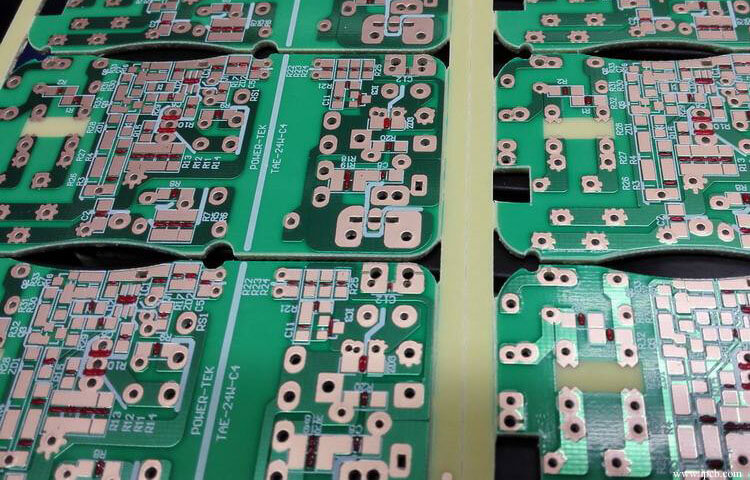On the SMT line, if the PCB board is not flat,it will cause inaccurate positioning, components cannot be inserted or mounted on the holes of the PCB board and the surface mount pads, and may even damage the automatic insertion machine. PCBs with components are bent after soldering,and component pins are difficult to cut neatly; PCBs cannot be mounted on the chassis or sockets inside the machine, so it is also troublesome for assembly factories to encounter warped boards. The current surface mounting technology is towards high, high-speed, intelligent direction, which as a home for a variety of components PCB board put forward a higher level of requirements.
In the IPC standard, it is especially pointed out that the permissible bending and twisting amount of PCB with surface mounting devices is 0.75%,and the permissible bending and twisting amount of PCB without surface mounting devices is 1.5%. In fact, in order to meet the needs of high-speed mounting,some electronic assembly manufacturers have more stringent requirements on the amount of PCB bending and twisting. For example, ipcb has a lot of customers who require the amount of PCB bowing and twisting to be 0.5%, and even some customers require 0.3%.
PCB is composed of copper foil, resin, glass cloth and other materials.Each material has different physical and chemical properties. When pressed together, thermal stress will inevitably be generated, resulting in PCB bending and twisting. At the same time, in the process of PCB board processing,it will go through various processes such as high temperature, mechanical cutting, wet processing, etc., which will also have an important impact on the board's deformation. In short, the causes of PCB deformation can be complex and varied.One of the complex issues facing PCB manufacturers is how to minimise or eliminate the different characteristics or deformation of materials caused by processing.

Bending and twisting of PCB boards need to be studied from several aspects such as material, structure, pattern distribution, processing technology, etc. ipcb will analyse and illustrate the various reasons that may cause deformation and ways to improve them.
Uneven copper surface area on the PCB board will aggravate the bending and warping of the board.
Generally, a large area of copper foil is designed on the PCB for grounding. Sometimes, large copper foils are also designed on the Vcc layer.When these large areas of copper foil are not evenly distributed on the same PCB, it will cause uneven heat absorption and dissipation.Of course,the PCB will also expand and contract. If the expansion and contraction cannot take place at the same time,different stresses and deformations will occur.At this point,if the PCB temperature has reached the upper limit of the Tg value,the board will begin to soften, causing deformation.
The connection points (vias, perforations) of each layer on the PCB will limit the expansion and contraction of the PCB.
Nowadays,PCB boards are mostly multi-layer boards, and there are rivet-like connection points (via holes) between layers. The connection points are divided into through holes, blind holes and buried holes. Where there are connection points,the board will be restricted. The effects of expansion and contraction can also indirectly cause the PCB to bend and twist.